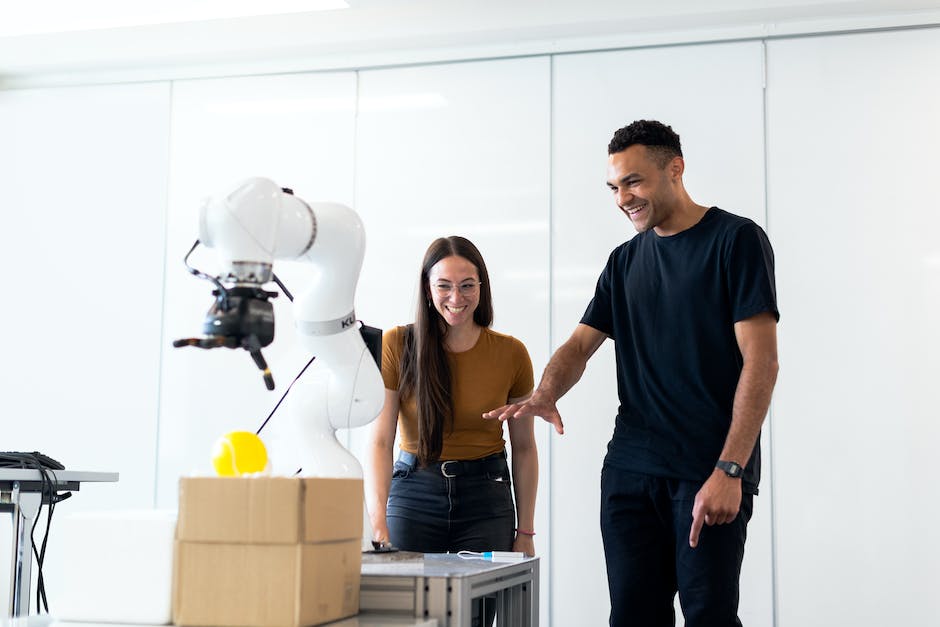If you hope to build a successful product, it’s important to move from your prototype to an initial version that has all the features and functions your users need to get a feel for your product. With the help of no-code, you can create a minimum viable product (MVP) with ease and at a minimal cost. Here are four practical steps that you can take to help you transform your prototype into an MVP.
1. Identify the Key Features of Your MVP: Before you start, determine the core features that should be included in the MVP and prioritize them according to their importance. This will help you to focus on what is most important and save time by ruling out unnecessary features. Knowing the key elements of your MVP will give you a better idea of how to design the product and what’s important to build first.
2. Find the Right No-code Platform: After you’ve identified the key features of your MVP, it’s time to find an appropriate no-code platform that can help you build it. There are dozens of no-code platforms available, so research which one will best meet your needs. Consider the features and functions that you need, such as user login, payment processing, and customization options.
3. Start Building: Once you’ve chosen the right no-code platform, start building your MVP. Make sure to focus on the key features of the product first. Depending on the complexity of your application, you may need to adjust your timeline or your expectations as you create something that is user-friendly and usable.
4. Test, Test, Test: Testing your MVP is essential to making sure it meets your users’ needs. It can also be a great way to determine if there are additional features or improvements that your users may want. Try to test your MVP with as many people as possible and ask for feedback.
Creating a successful MVP requires both patience and the right platform. No-code can make it easier to move from a prototype to an MVP by allowing you to build faster and with a greater degree of flexibility. By following these four practical steps, you can evolve your prototype into an MVP that is user-friendly and functioning.

